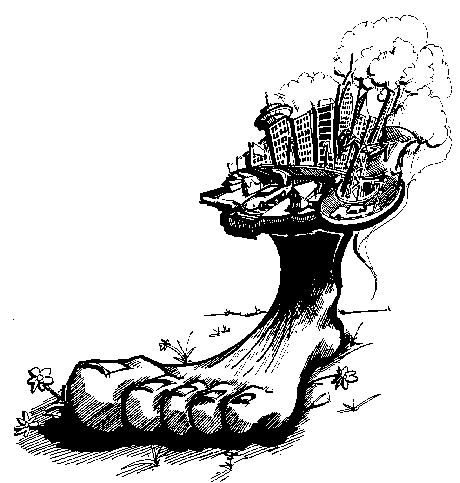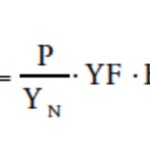Through my short but amazed experience within the sustainable world I came up with many questions about sustainability and all the concepts involved with it, specially regarding the ecological footprint concept. I realized how difficult was to explain this concept within people who have never heard about it a month ago during a workshop in Hanoi-Vietnam, so I dedicated this column to my Vietnamese fellows from Hanoi, who tried really hard to understand my inaccurate and maybe “too technical” explanation about Ecological Footprint and Biocapacity concepts. That’s why my first column is going to try to explain Ecological Footprint and Biocapacity concepts.
According to Wackelmagel and Rees (1996) in their book “Our Ecological Footprint” it was stated, “The Ecological Footprint of a society is the area of land required to comply with the annual needs and the processing of waste”. And it was established that the five most significant causes of environmental damage are food, accommodation, motorized transportation, consumption goods and services such as education, health care, leisure, tourism, among others. This area can be compared with the Biocapacity (biological capacity) of the place that is the total amount of productive area that exists to generate these resources and to absorb the waste. This evaluation allows comparing ecosystems from different areas of the world with its bio-productivity using the same unit, a global hectare. A global hectare represents a hectare with world average productivity. For instance, the Netherlands (33 000 km2) in order to supply the needs of its inhabitants, regarding urbanization, food, agricultural products and forestry, it is required an area the size of France (450 000 km2), 15 times larger. Moreover, according the Global Footprint Network for 2007, humanity's total ecological footprint was estimated at 1.5 planet Earths; that is, humanity uses ecological services 1.5 times as quickly as Earth can renew them.
(Kristinsson, 2012) (Ewing, Moore, Goldfinger, Oursler, Reed, & Wackernagel, 2010)
It is important to mention that nowadays the Ecological footprint analysis is performed around the world as a guide of environmental sustainability. It is used to measure and manage the use of resources regarding the economy of each country. It is also used to analyze people lifestyle regarding sustainability point of view. In summary, it is important to understand ecological footprint and Biocapacity concepts because mankind cannot make meaningful decisions about where it needs to go before people are aware of where they stand. (EF=ECOLOGICAL FOOTPRINT)
Ewing, B., Moore, D., Goldfinger, S., Oursler, A., Reed, A., & Wackernagel, M. (2010). Ecological Footprint Atlas 2010. California : GlobalFootprintNetwork.
Kristinsson, J. (2012). Integrated Sustainable Design. Delft/Deventer: Delftdigitalpress.



